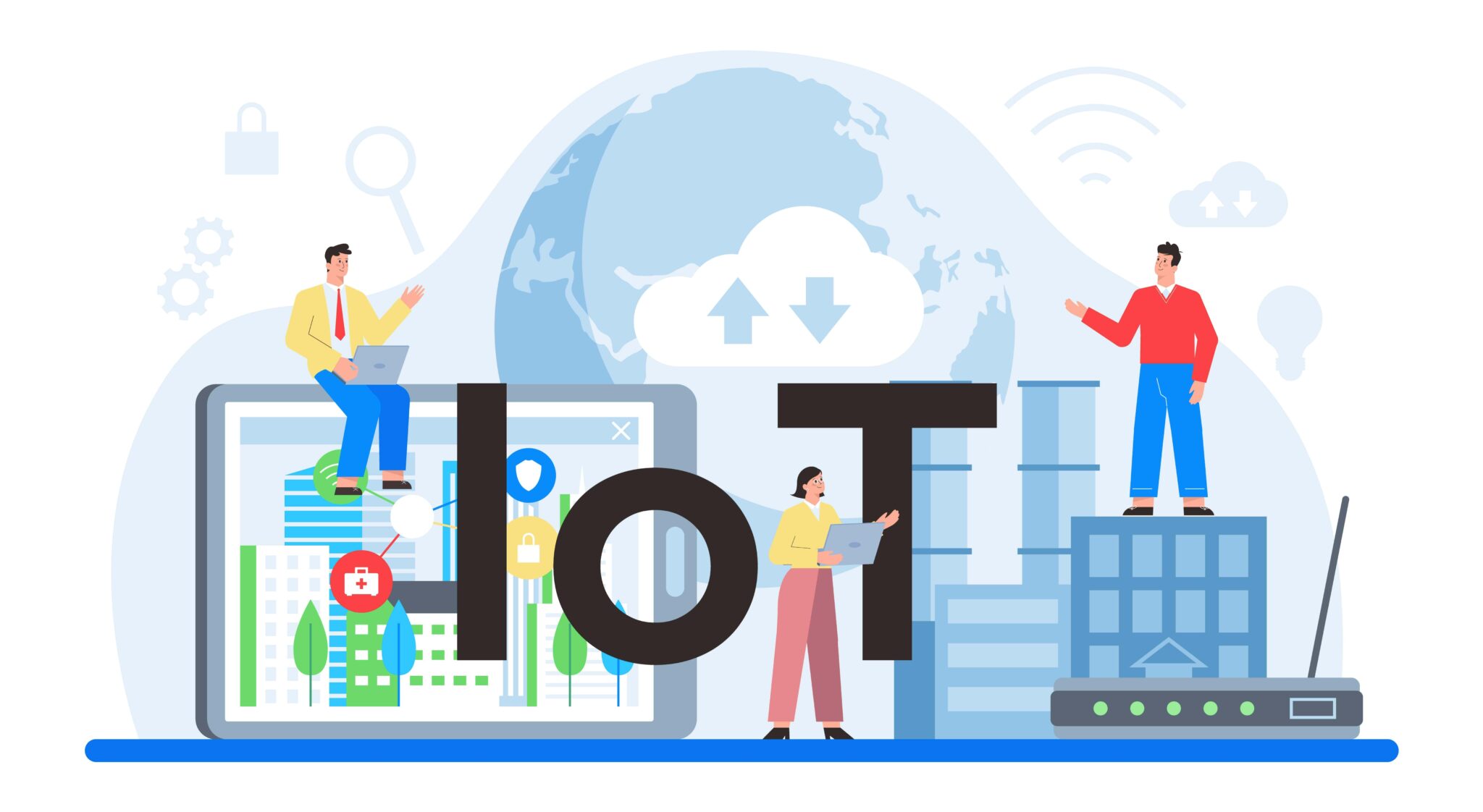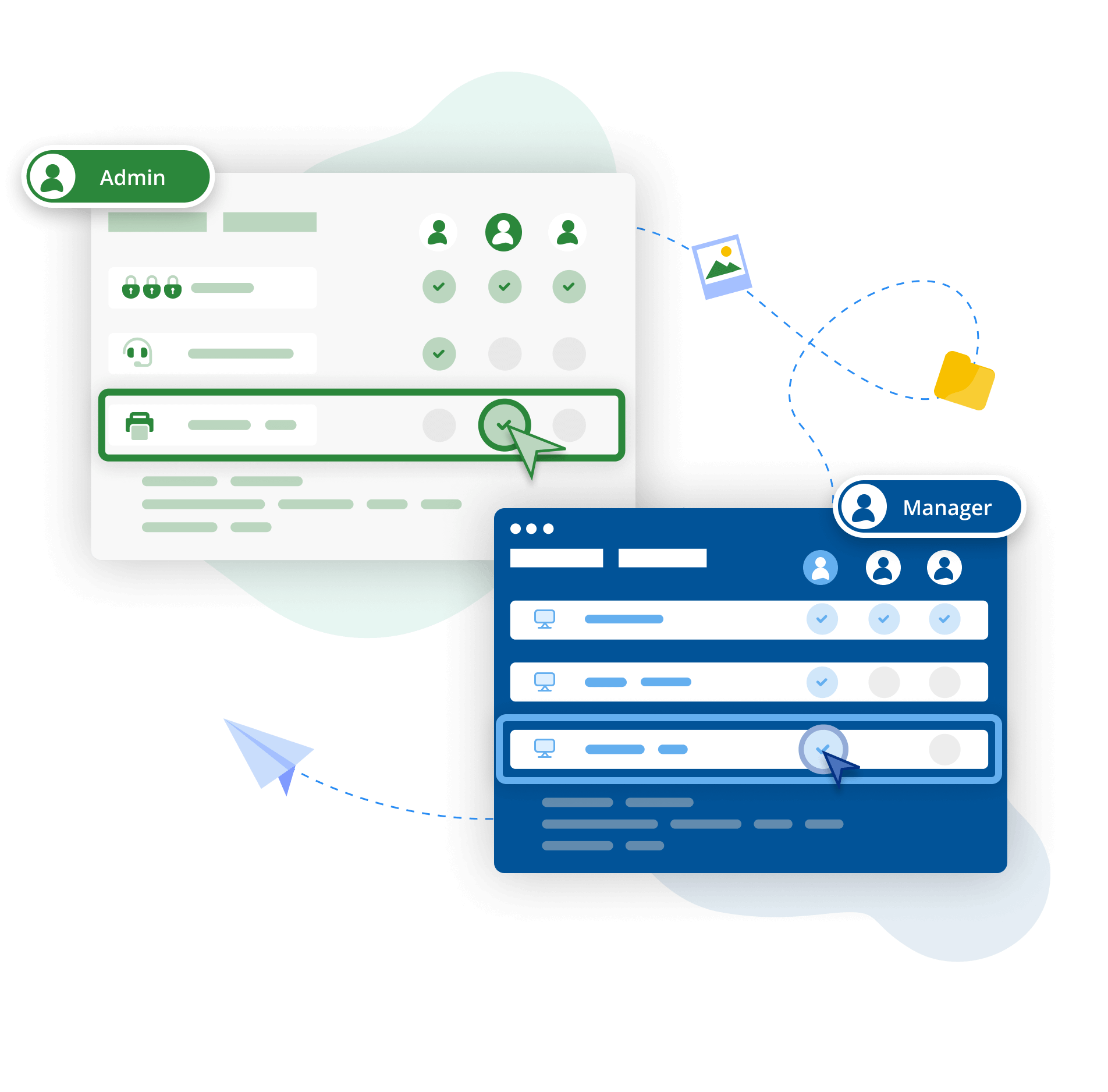Unlock Free Remote IoT Management: Guide & Tips
Could the concept of "manage remoteiot free" truly be a reality, a readily accessible solution for the complexities of the Internet of Things? The promise of freely managing and optimizing remote IoT devices and systems is not just a futuristic aspiration; it's a tangible capability rapidly shaping the technological landscape.
The phrase "manage remoteiot free" encapsulates a powerful ambition: the ability to control, monitor, and maintain Internet of Things (IoT) devices remotely, without incurring significant financial burdens. This is particularly appealing in an era where the proliferation of connected devices is exponential, ranging from smart home appliances and industrial sensors to complex environmental monitoring systems and healthcare equipment. The allure of this concept stems from the potential for cost savings, increased efficiency, and the democratization of technological access, enabling individuals and organizations, regardless of their size or resources, to harness the transformative power of IoT. While the implementation of such a system comes with its own sets of challenges, the core idea provides a very positive outlook to the industry.
The potential of manage remoteiot free extends across multiple sectors. In the realm of manufacturing, it offers the possibility of predictive maintenance. Sensors embedded in machinery can transmit real-time data, enabling engineers to identify potential failures before they occur, minimizing downtime and maximizing productivity. For the agricultural industry, free remote management of IoT devices can revolutionize farming practices. Farmers can monitor soil conditions, weather patterns, and crop health remotely, allowing for optimized irrigation, fertilization, and pest control. Healthcare is another area where the concept holds significant promise. Telemedicine applications, remote patient monitoring, and the tracking of medical equipment all benefit from the ability to manage IoT devices free of charge. The benefits here can contribute to better patient outcomes and improve the efficiency of the healthcare system. Even in the consumer space, the ability to manage smart home devices, security systems, and energy consumption remotely, without cost, empowers individuals and promotes sustainability.
| Aspect | Details |
|---|---|
| Definition | The practice of remotely controlling, monitoring, and maintaining Internet of Things (IoT) devices and systems without substantial financial investment. |
| Key Features |
|
| Benefits |
|
| Challenges |
|
| Applications |
|
| Examples of Free Solutions |
|
| Future Trends |
|
| Relevant Technologies |
|
| Reference | Example IoT Platform |
The pursuit of "manage remoteiot free" often hinges on the strategic use of open-source software, cloud-based platforms with generous free tiers, and community-driven support. Open-source IoT platforms provide a foundation for building and managing IoT solutions without licensing fees. These platforms offer a wealth of functionalities, including device management, data ingestion, analytics, and security features. Furthermore, the open nature of these platforms encourages customization and community contributions, fostering innovation and ensuring long-term sustainability. Cloud providers, recognizing the growing market, often offer free tiers for their IoT services. These free tiers typically provide a limited amount of data storage, device connections, and processing power, making them suitable for small-scale deployments and testing. The beauty of such an approach is that it allows organizations to learn the basic functionalities while keeping the investment costs low.
However, the transition to manage remoteiot free is not without its hurdles. One of the primary challenges lies in the realm of security. IoT devices, by their nature, are often vulnerable to cyberattacks. As the number of connected devices grows, so does the potential attack surface. Protecting IoT systems from threats requires a multi-layered security approach, including strong authentication, encryption, and regular security updates. A lack of interoperability among different IoT devices and platforms is another significant challenge. The wide variety of communication protocols, data formats, and device manufacturers creates a fragmented landscape, making it difficult to integrate devices seamlessly. Standards and interoperability initiatives are underway, but the issue remains a barrier to entry for many. Scalability presents another challenge. As IoT deployments grow, the management system must be able to handle increasing volumes of data and a larger number of devices. Scalability issues can lead to performance bottlenecks, increased costs, and decreased reliability. Ensuring that any "manage remoteiot free" solution is scalable is crucial for long-term viability.
The implementation of a successful "manage remoteiot free" strategy requires a comprehensive understanding of the technology, meticulous planning, and a commitment to continuous improvement. The first step involves choosing the right platform. Several open-source options like ThingsBoard, Node-RED, and Eclipse Kura offer a rich set of features and robust communities. Cloud providers such as AWS, Azure, and Google Cloud also offer free tiers for their IoT services, including device management, data storage, and analytics capabilities. Once the platform is selected, the next phase involves device onboarding. This includes securely registering devices, configuring communication protocols, and establishing secure connections. Device management dashboards provide a centralized view of the connected devices, allowing administrators to monitor their status, health, and performance. As new devices are added, device management needs to be automated for ease of use.
Data security is paramount in any IoT deployment. Implementing strong authentication mechanisms, such as multi-factor authentication, helps prevent unauthorized access. Encryption protocols protect data transmitted over the network. Regular security audits and penetration testing should be conducted to identify vulnerabilities and ensure the system is protected against evolving threats. Implementing data governance policies will also help ensure data protection. Data analytics plays a vital role in extracting valuable insights from the vast amounts of data generated by IoT devices. Free and open-source data analytics tools, such as Grafana and Prometheus, can be used to visualize data, identify trends, and create dashboards. These tools also help in alerting the relevant stakeholders on any anomalous behavior in the system.
To minimize costs, its important to optimize the use of resources. This includes carefully selecting the right hardware, minimizing data transfer costs, and optimizing the frequency of data transmission. Edge computing, which involves processing data closer to the source, can reduce latency, conserve bandwidth, and improve security. In addition, leveraging community resources and support can help to reduce costs. Online forums, documentation, and tutorials can provide valuable insights and guidance on managing IoT devices and troubleshooting issues. Collaborating with other users and contributing to open-source projects can help reduce development costs and accelerate innovation. The key here is to learn from the community and to improve efficiency.
The future of "manage remoteiot free" is inextricably linked to advancements in several key areas. The ongoing development of 5G and other high-speed wireless technologies will facilitate more seamless and reliable remote device management. This will open up new possibilities for real-time monitoring, control, and data transmission, which will be critical for applications requiring low latency. The integration of AI and machine learning will enable greater automation and intelligence in IoT systems. AI-powered analytics can be used to detect anomalies, predict failures, and optimize device performance. Machine learning models can also be trained to improve the efficiency of device management, for example, by automatically configuring devices based on their usage patterns. Additionally, the increasing adoption of edge computing will allow for data processing closer to the source, reducing latency and improving security. Edge computing can also enable offline functionality, which is critical for applications in remote locations. The standardization of IoT protocols and data formats will also promote interoperability and simplify device management. The development of industry standards will help to break down the silos and make it easier to integrate devices from different manufacturers. The future of IoT is very promising for the consumer and is changing the way we live and interact with the world around us.
Furthermore, the increasing focus on cybersecurity and data privacy will necessitate the development of more secure and robust IoT management solutions. Cybersecurity threats are constantly evolving, and it is crucial to stay ahead of these threats by implementing strong security measures and regularly updating systems. Data privacy regulations, such as GDPR and CCPA, will require organizations to be more transparent about how they collect, use, and store data. This will drive the development of privacy-preserving technologies and solutions. The evolution of the "manage remoteiot free" concept also has social and economic ramifications. By making IoT technologies more accessible, the concept can help to bridge the digital divide, allowing underserved communities to benefit from the advantages of IoT. The development of free and open-source IoT tools can also foster innovation and entrepreneurship, creating new opportunities for businesses and individuals. The ability to manage remote IoT devices for free can also contribute to sustainability by enabling more efficient use of resources, reducing waste, and optimizing energy consumption. In the long run, the concept holds the key to unlocking new possibilities in remote connectivity and will play a transformative role in various fields.


